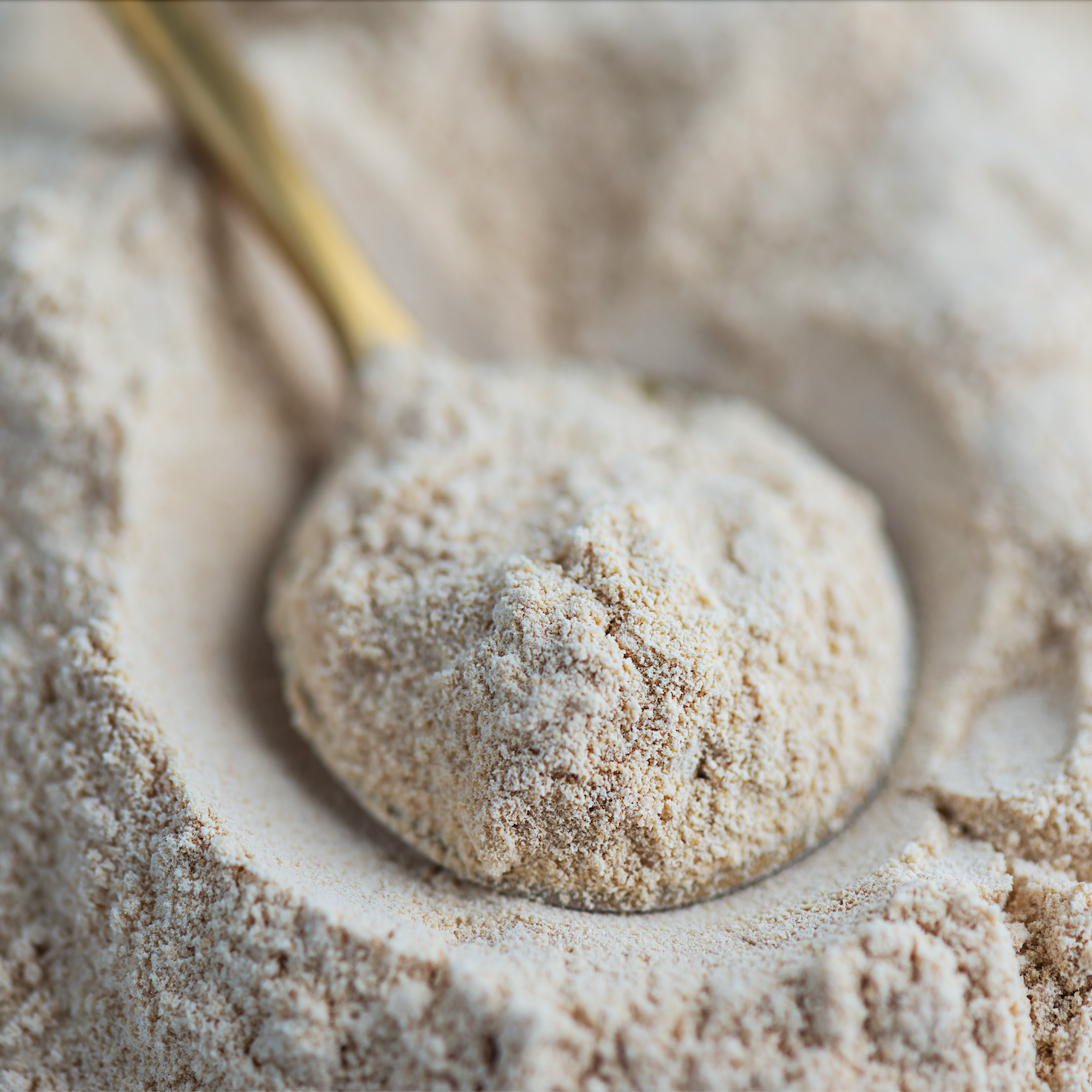Introduction
Slight fluctuations of one or two days in the menstrual cycle are normal. However, abrupt changes, such as a fluctuation of four or more days or the complete absence of a period, may indicate health problems. Factors such as stress, diet, exercise and environmental influences can affect estrogen and progesterone levels and thus contribute to changes in the menstrual cycle.
stress
Stress is a common cause of changes in the menstrual cycle. Both acute and chronic stress can affect a woman's cycle. When stressed, the hypothalamic-pituitary-adrenal (HPA) axis is activated, causing increased levels of stress hormones such as cortisol and corticotropin-releasing hormone (CRH). Chronic stress can overstimulate the HPA axis, leading to increased levels of stress hormones that can delay or stop ovulation, thereby altering the length of the menstrual cycle [1, 2, 3].
Nutrition
Diet plays an important role in regulating the menstrual cycle. An inflammatory diet high in processed foods, sugars, and additives may be associated with premenstrual syndrome (PMS) and changes in cycle length due to their effects on hormones. Chronic dieting and calorie restriction can also stress the body and affect ovulation and cycle length if nutrient needs are not met. In addition, deficiencies in macronutrients (carbohydrates, protein, fat) or micronutrients (vitamins, minerals) can impair hormone production and metabolism and affect the menstrual cycle [4, 5, 6].
Movement
Exercise can have a positive impact on hormone health, but overtraining combined with inadequate nutrition can negatively impact the menstrual cycle, potentially leading to amenorrhea (absence of periods) or changes in cycle length. A balance of exercise, recovery and nutrition is essential for maintaining a healthy menstrual cycle [7, 8, 9].
environmental influences
Exposure to environmental toxins such as parabens, xenoestrogens, and air pollution can affect the menstrual cycle. These factors should be considered when examining changes in a woman's cycle [10, 11].
When women understand and address these factors, they can better manage and support a healthy menstrual cycle.
References:
1. Chatterton, RT, Hill, PD, Aldag, JC, & Belknap, SM (2000). Psychosocial stress and the menstrual cycle. *Psychoneuroendocrinology*, 25(3), pp. 237-251. Available at: https://pubmed.ncbi.nlm.nih.gov/10453249/ [Accessed 2 Aug. 2024].
2. Gilbrech, KI (2020). The Impact of Stress on the Menstrual Cycle. *Undergraduate Honors Theses*. University of Arkansas, Fayetteville. Available at: https://scholarworks.uark.edu/cgi/viewcontent.cgi?article=1102&context=nursuht [Accessed 2 Aug. 2024].
3. Nagma, S., Kapoor, G., Bharti, R., Batra, A., Batra, A., Aggarwal, A., & Sablok, A. (2015). To Evaluate the Effect of Perceived Stress on Menstrual Function. *Journal of Clinical and Diagnostic Research*, 9(3), pp. QC01-QC03. Available at: https://www.ncbi.nlm.nih.gov/pmc/articles/PMC4413117/ [Accessed 2 Aug. 2024].
4. Rogan, M.M., & Black, K.E. (2023). Dietary energy intake across the menstrual cycle: a narrative review. *Nutrients*, 15(1), p. 69. Available at: https://www.ncbi.nlm.nih.gov/pmc/articles/PMC10251302/ [Accessed 2 Aug. 2024].
5. Miyamoto, M., & Shibuya, K. (2024). Exploring the relationship between nutritional intake and menstrual cycle in elite female athletes. *Journal of Sports Sciences*, 42(4), pp. 567-580. Available at: https://www.ncbi.nlm.nih.gov/pmc/articles/PMC10538277/ [Accessed 2 Aug. 2024].
6. Bowen, DJ, & Grunberg, NE (1990). Variations in food preference and consumption across the menstrual cycle. *Physiology & Behavior*, 47(2), pp. 287-291. Available at: https://www.mdpi.com/2072-6643/16/1/69 [Accessed Aug. 2, 2024].
7. Tucci, SA, Murphy, LE, Boyland, EJ, & Halford, JCG (2009). Variations in food intake and mood across the menstrual cycle. *Appetite*, 52(2), pp. 241-247. Available at: https://pubmed.ncbi.nlm.nih.gov/12959622/ [Accessed 2 Aug. 2024].
8. Freemas, JA, Lebrun, CM, & Oosthuyse, T. (2021). The menstrual cycle and athletic performance. *Sports Medicine*, 51(5), pp. 1021-1035. Available at: https://www.ncbi.nlm.nih.gov/pmc/articles/PMC10076834/ [Accessed 2 Aug. 2024].
9. Hirschberg, AL (2012). Sex hormones, appetite and eating behavior in women. *Maturitas*, 71(3), pp. 248-256. Available at: https://link.springer.com/article/10.1007/s40279-020-01319-3 [Accessed Aug. 2, 2024].
10. Carmichael, MA, Cowley, ES, & Elliott-Sale, KJ (2021). Female-specific research in sports science: a call for action. *Sports Medicine*, 51(6), pp. 1021-1035. Available at: https://www.ncbi.nlm.nih.gov/pmc/articles/PMC5551254/ [Accessed 2 Aug. 2024].
11. McLay, RN, Maki, PM, & Lyketsos, CG (2007). Nulliparity and late menopause are associated with decreased cognitive decline. *Journal of Women's Health*, 16(9), pp. 1251-1258. Available at: https://www.ncbi.nlm.nih.gov/pmc/articles/PMC7647430/ [Accessed 2 Aug. 2024].


